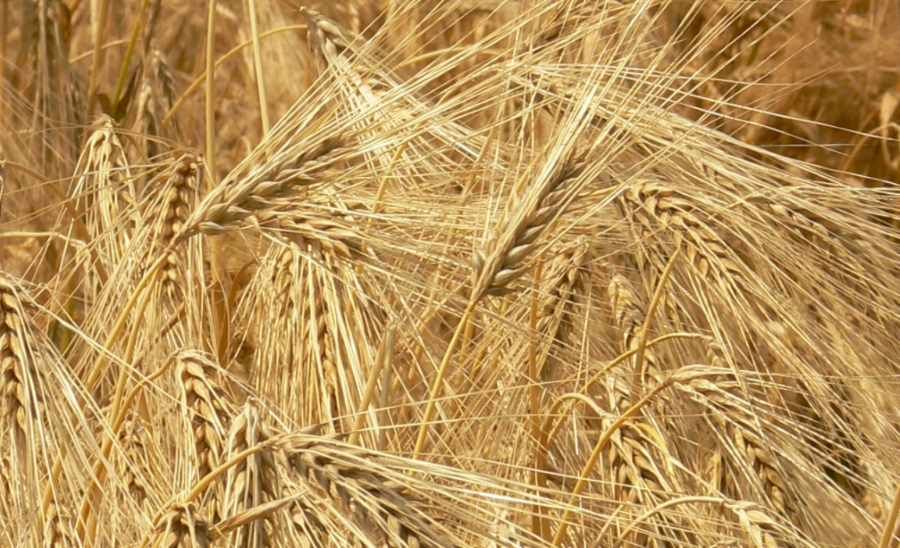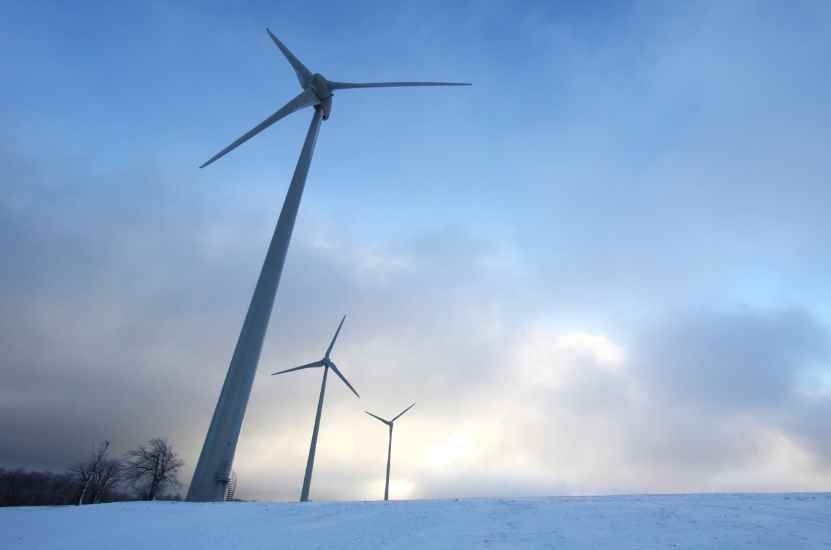Scientists from the University of Silesia have obtained barley that tolerates drought well
Barley retaining in its leaves by 30 percent of the. more water than its initial variety, biologists from the Department of Genetics at the University of Silesia in Katowice obtained after several years of research. The discovery could give farmers the ability to grow barley with higher drought tolerance.
– We have successfully derived a barley mutant hvcbp20.ab – because such has skrot – ktory is tolerant to drought stress. Was able to maintain a 30 percent. more water than its initial form under drought stress conditions – Dr. Agata Daszkowska-Golec of the Department of Genetics at the University of Silesia in Katowice, who heads the SONATA research project, funded by the National Science Center, told PAP.
Barley is among theod zboTHAT important species. It ranks fourth in terms of acreage cultivated in Poland and the world. Importantly, as of the end of April of this year, its genome has been almost completely sequenced, in addition, a wide range of tools for conducting functional genomics analyses means that it is seen as a model species for monocotyledonous plants. This could translate into an increased rate of further discoveries related to this species.
As part of a previously conducted projectoin the scientific catalyst geneticists generated the so-called “TILLING”. TILLING (Targeting Induced Local Lesions in Genomes) platform of spring barley to serve as a tool to learn more about the function of the geneow, and over time roAlso improving desirable traits. syndromeoł under the direction of prof. Iwona Szarejko obtained a population of barley after chemical mutagenesis (HorTILLUS population – Hordeum vulgare TILLING platform of University of Silesia in Katowice), ie. mutant populationoIn w roThe number of genes in the mutant, amounting to approx. 10 thousand. individualow.
Scientists have focused m.in. on the abscisic acid signaling pathway – this hormone is closely linked to the drought stress response and the function of the CBP20 gene. – When we were interested in finding mutations in the CBP20 gene, we performed TILLING analysis, whichora in skrocie is that we search this particular sequence for the presence of mutations within 10,000. individualoin the HorTILLUS population. We have identified a series of mutantoin allelic, i.e., carrying a defect in that particular gene, but in rotion of the sequence – said Dr. Daszkowska-Golec.
One of them just turned out to be the hvcbp20 mutant.ab, tolerant to drought stress. In the biologist-createdounder conditions it not only lacked the optimal amount of water, but was also exposed to high temperature. It turned out that it adapts much faster to the conditions of theounder stress than its parent form – Sebastian variety. Before these plants in ogole „figure out”, that they find themselves in a water shortage situation, the mutant is already triggering a response – reprogramming swoj metabolism to combat water deficit in the substrate.
Scientists have demonstrated this by combining data obtained from detailedohe physiological and morphological analyses, as well as global gene expression profile analysesow. The latter enable leekownanie set of geneoin whichora are appropriately turned on or off in the mutant to regulate the response to drought stress.
– Our analyses showed, for example, that the mutant has an altered number of apparatusesoin the stomata on both sides of the leaf. Stomatal apparatuses are a kind of valve, allowing the plant to exchange gas, but roalso water loss. The plant can control the opening and closing of these apparatusesow. The mutant in the CBP20 gene closes them much faster under drought stress, thus defending against water loss. It retains more than 30 percent of its. more than the variety "Sebastian" under stress conditions – stressed geneticist.
Interestingly, on the gor side of the leaf apparatusoin stomata is more in the mutant, but they are smaller and remain gently open. In addition, the leaf is curled inward, allowing the mutant to have minimal gas exchange but no water loss – as the apparatuses are not exposed to the outside, but protected by the curled leaf blade. RoAlso, studies of the efficiency of photosynthesis, i.e., the basic process of nutrition for plants, have shown better adaptation of the mutant to the conditions of theounder stress.
– One can speculate for the time being, suspecting that perhaps this mutant will turn out to be quite important material useful for breedingow, after properly crossing it with elite barley varieties, ktore are in cultivation at the present time – Agata Daszkowska-Golec said.
At a further stage of the research, the Katowice geneticists want to more specificallyolarly examine the role of the CBP20 gene in response to drought stress, with particularolnym emphasis on indicating the specific elements it regulatesoon the trail of responses to water shortages. They consider roalso that it will be necessary to check how the form of hvcbp20.ab behaves in natural, rather than greenhouse conditions. The answer to the question of what yield the obtained mutant will give remains an open question.
Research related to this mutant by Dr. Daszkowska-Golec began while the POLAPGEN-BD project, which has already been completed „Biotechnology tools for obtaining zboż with increased drought resistance”, financed from fundsoin the European Union.
As part of the team of scientistsoin working to unravel the mystery of the role of CBP20 in barley under drought stress as part of a SONATA grant, funded by the National Science Center, include Prof. Iwona Szarejko (supervisor), Dr. Agata Daszkowska-Golec (project manager), Anna Skubacz, M.Sc., Michal Slota, M.Sc., Dr. Marek Marzec, Karolina Chwiałkowska, M.Sc., Dr. Beata Chmielewska, Dr. Miriam Szurman-Zubrzycka.
The results of the research so far have just been published in an international journal „Frontiers in Plant Science”.


